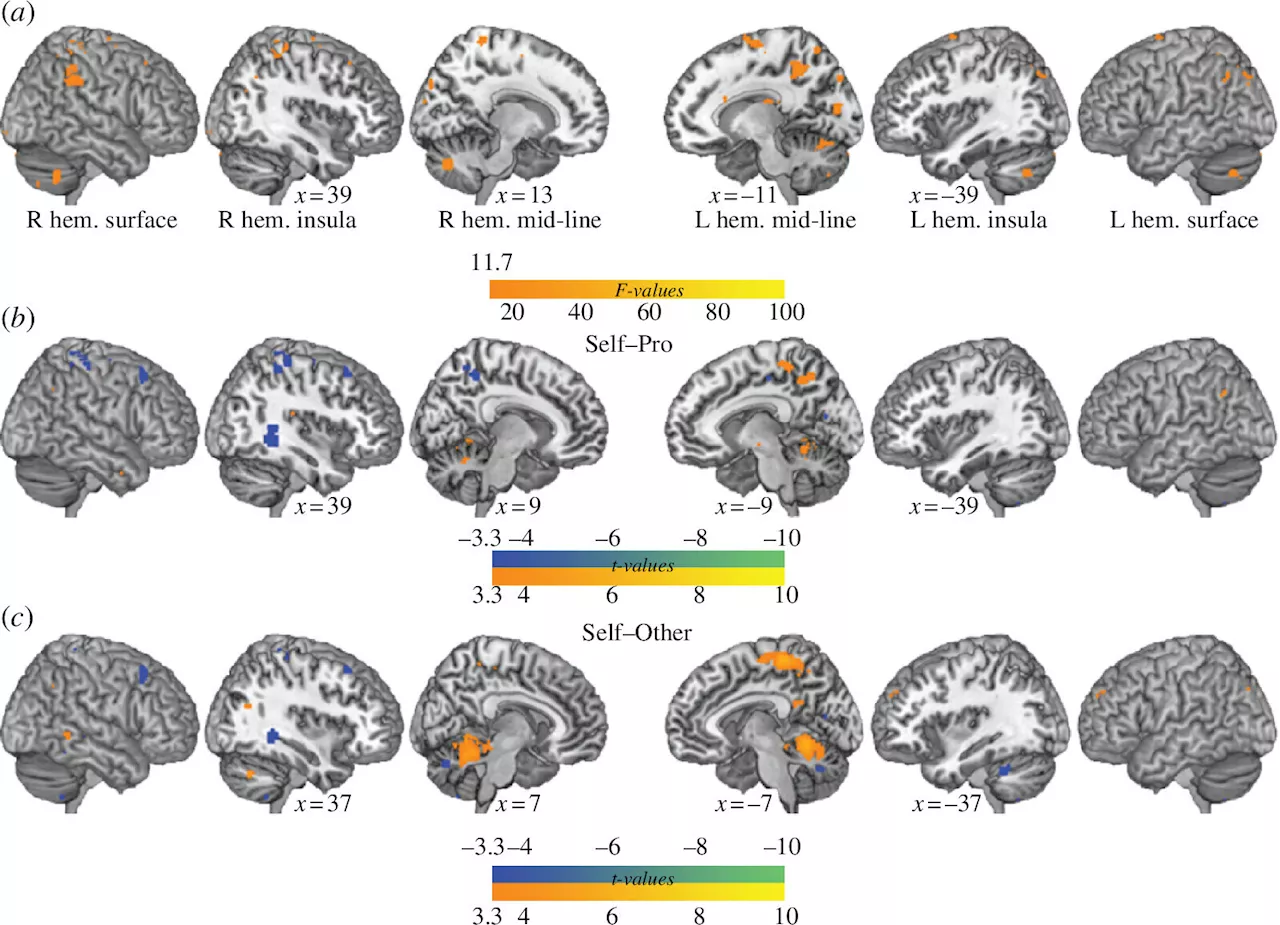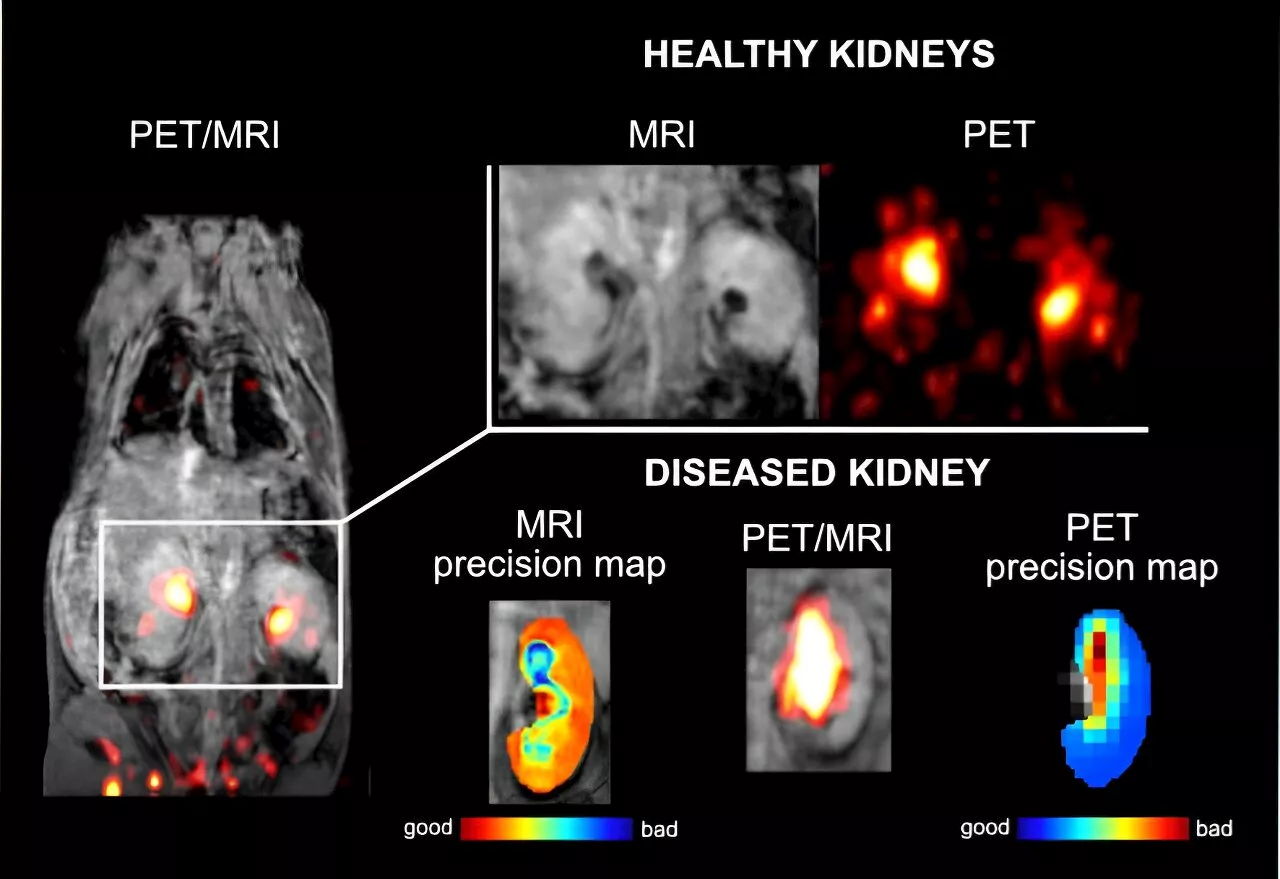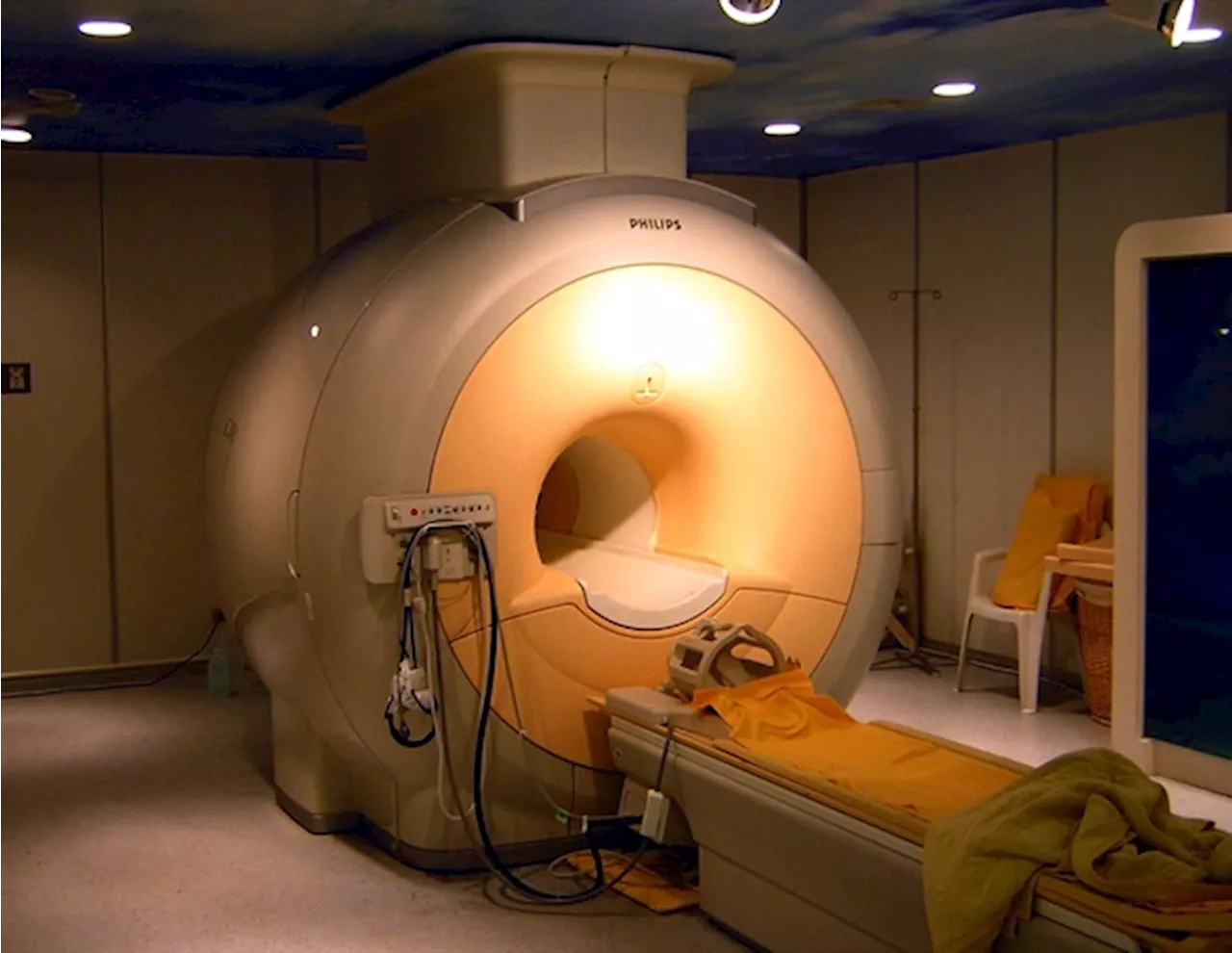Researchers assess the power of a fully automated deep learning model to identify of clinically significant prostate cancer.
By Dr. Priyom Bose, Ph.D.Reviewed by Benedette Cuffari, M.Sc.Aug 11 2024 A recent Radiology journal study assesses the power of a fully automated deep learning model to produce deterministic outputs for identifying clinically significant prostate cancer .
A standardized reporting and interpretation approach involves the use of the prostate imaging reporting and data system , which requires a high level of expertise. Nevertheless, using PI-RADS to classify lesions is susceptible to intra- and inter-observer variation. About the study The researchers of the current study were interested in developing a DL model to predict the presence of csPCa without prior information on the tumor's location. They utilized patient-level labels clarifying the presence or absence of csPCa and compared the model's predictions with radiologists' predictions.
Related StoriesFour radiologists' PI-RADS ratings informed the external test set and were used for the internal test set. The DeLong test and receiver operating characteristic curves were used to evaluate radiologist performance. The tumor localization was shown using gradient-weighted class activation maps .
For the image + clinical + radiologist model, the true-positive rate was the highest, and the false-positive rate was the lowest. For pathologically proven cases, the radiologist's TPR was the highest, and the image + clinical model's FPR was the lowest. For the external dataset, the image + radiologist model showed the highest AUC and TPR and the lowest FPR.
Deep Learning Prostate Prostate Cancer Biopsy Imaging Machine Learning Magnetic Resonance Imaging Radiology Tumor
South Africa Latest News, South Africa Headlines
Similar News:You can also read news stories similar to this one that we have collected from other news sources.
 Researchers use MRI scans and karaoke to better understand the nature of blushingA small team of psychologists and neurologists from the University of Amsterdam, in the Netherlands, and D'Annunzio University of Chieti–Pescara, in Italy, has found that blushing may be more related to an increase in emotional awareness and what a person is doing, rather than feelings of judgment by others.
Researchers use MRI scans and karaoke to better understand the nature of blushingA small team of psychologists and neurologists from the University of Amsterdam, in the Netherlands, and D'Annunzio University of Chieti–Pescara, in Italy, has found that blushing may be more related to an increase in emotional awareness and what a person is doing, rather than feelings of judgment by others.
Read more »
 AI model matches radiologists in detecting clinically significant prostate cancer on MRIA deep learning model performs at the level of an abdominal radiologist in the detection of clinically significant prostate cancer on MRI, according to a study published today in Radiology, a journal of the Radiological Society of North America (RSNA).
AI model matches radiologists in detecting clinically significant prostate cancer on MRIA deep learning model performs at the level of an abdominal radiologist in the detection of clinically significant prostate cancer on MRI, according to a study published today in Radiology, a journal of the Radiological Society of North America (RSNA).
Read more »
 Study suggests an MRI may help doctors predict more aggressive prostate cancer in patientsNew Corewell Health research suggests an MRI scan can help predict whether patients with intermediate-risk prostate cancer (cancer confined to the entire prostate) may have more aggressive cancer in five years. Knowing this could potentially help doctors determine if treatment is needed up front vs.
Study suggests an MRI may help doctors predict more aggressive prostate cancer in patientsNew Corewell Health research suggests an MRI scan can help predict whether patients with intermediate-risk prostate cancer (cancer confined to the entire prostate) may have more aggressive cancer in five years. Knowing this could potentially help doctors determine if treatment is needed up front vs.
Read more »
 New PET/MRI probe promises early discovery of covert diseasesA research team from IOCB Prague, working in collaboration with the University of Tübingen, Germany, and the Faculty of Science, Charles University, has developed a new type of contrast agent that can be used in both magnetic resonance imaging (MRI) and positron emission tomography (PET).
New PET/MRI probe promises early discovery of covert diseasesA research team from IOCB Prague, working in collaboration with the University of Tübingen, Germany, and the Faculty of Science, Charles University, has developed a new type of contrast agent that can be used in both magnetic resonance imaging (MRI) and positron emission tomography (PET).
Read more »
 New dual-purpose contrast agent revolutionizes PET and MRI integration for enhanced diagnosis A Research...A research team from IOCB Prague, working in collaboration with the University of Tübingen, Germany, and the Faculty of Science, Charles University, has developed a new type of contrast agent that can be used in both magnetic resonance imaging (MRI) and positron emission tomography (PET).
New dual-purpose contrast agent revolutionizes PET and MRI integration for enhanced diagnosis A Research...A research team from IOCB Prague, working in collaboration with the University of Tübingen, Germany, and the Faculty of Science, Charles University, has developed a new type of contrast agent that can be used in both magnetic resonance imaging (MRI) and positron emission tomography (PET).
Read more »
 MRI scans can predict aggressiveness in intermediate-risk prostate cancerNew Corewell Health™ research suggests an MRI scan can help predict whether patients with intermediate-risk prostate cancer (cancer confined to the entire prostate) may have more aggressive cancer in five years.
MRI scans can predict aggressiveness in intermediate-risk prostate cancerNew Corewell Health™ research suggests an MRI scan can help predict whether patients with intermediate-risk prostate cancer (cancer confined to the entire prostate) may have more aggressive cancer in five years.
Read more »
